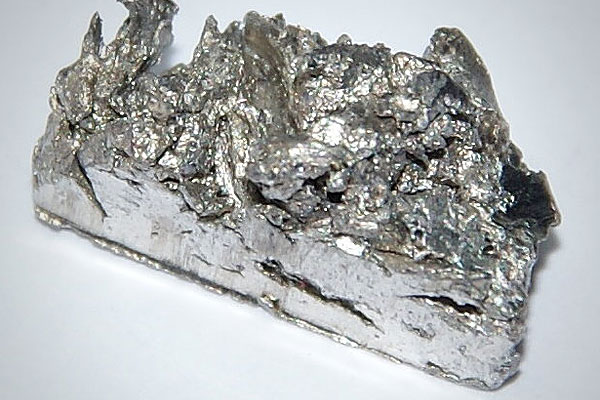How to Remove Gadolinium from My System

Gadolinium is administered to patients who have to undergo magnetic resonance imaging (MRI) for some reason. Since gadolinium is a highly toxic element, it can have serious adverse effects on your body. Moreover, if a patient’s kidneys are not functioning properly, gadolinium may remain in the patient’s body as toxin. This makes it even more important to remove gadolinium from the patient’s body as soon as possible after the MRI has been performed. If you were administered gadolinium, here is what you should do to ensure safe excretion of gadolinium from your system.
Instructions
-
1
Avoid receiving gadolinium in the first place. If MRI is inevitable, ask the radiologist who will be performing the MRI if an imaging agent other than gadolinium will work. If for some reason, a portion of administered gadolinium remains in your body for a long period of time, discuss the risk of nephrogenic systemic fibrosis (NSF) with your doctor.
-
2
Make sure that your kidneys are functioning properly so that they can excrete gadolinium from your body. Consider drinking extra fluids but make sure that you consult your doctor before doing so because excessive intake of wrong fluids may have an adverse effect on your kidneys.
-
3
If there no other option except administering gadolinium as an imaging agent and the functionality of your liver or kidneys has been compromised in a certain way, you should undergo dialysis as soon as the MRI has been performed. This will be arranged by the doctor if deemed necessary. Make sure that your doctor performs an evaluation of your kidneys and liver at least a couple of days before a radiologist performs the MRI.
-
4
Keep your sodium intake as low as possible before undergoing a dialysis and ensure that you are properly taking all the medicines prescribed by the doctor. Avoid wearing tight sleeves or applying creams or lotions at the site where the dialysis will be inserted. It may take several hours to complete a dialysis session aimed at removing all the gadolinium from your body.
-
5
After you have undergone dialysis, keep checking the access site. Make sure that it does not swell or bleed. Contact your doctor immediately if you see signs of swelling, bleeding or infection.
-
6
You may have to undergo an additional dialysis if all the gadolinium was not removed from your body, in which case gadolinium poisoning will occur on and around the access site. Hard or dark patches on the skin, pain and stiffness in joints, weakness, yellow patches on the eyes and burning sensation on the skin are some of the common symptoms of gadolinium poisoning.
-
7
You need to keep a watch on symptoms of nephrogenic systemic fibrosis (NSF). A severe kidney or liver disease and exposure to gadolinium can result in NSF. Symptoms of NSF are very similar to the symptoms of gadolinium poisoning.
You may have to undergo an additional dialysis if all the gadolinium was not removed from your body, in which case gadolinium poisoning will occur on and around the access site. Hard or dark patches on the skin, pain and stiffness in joints, weakness, yellow patches on the eyes and burning sensation on the skin are some of the common symptoms of gadolinium poisoning.




